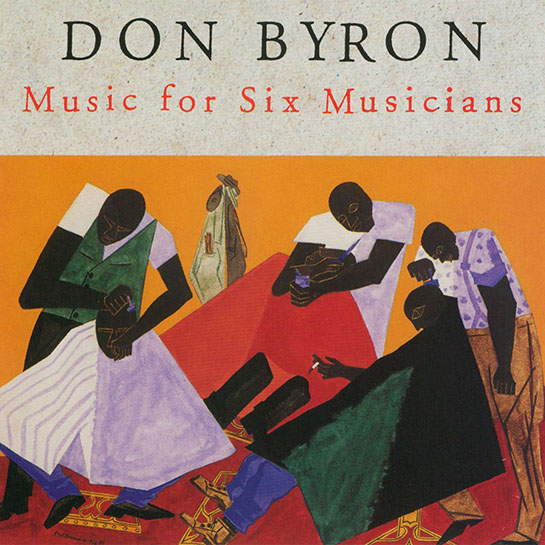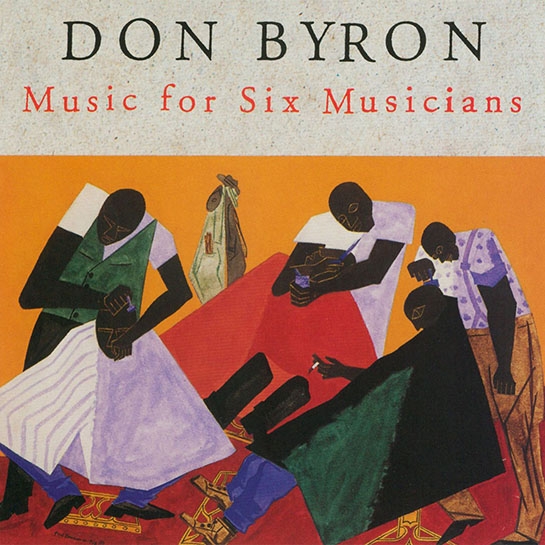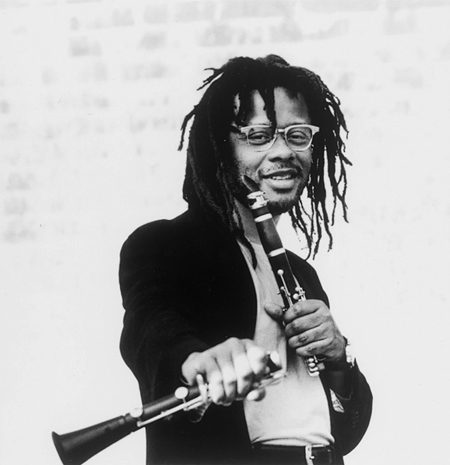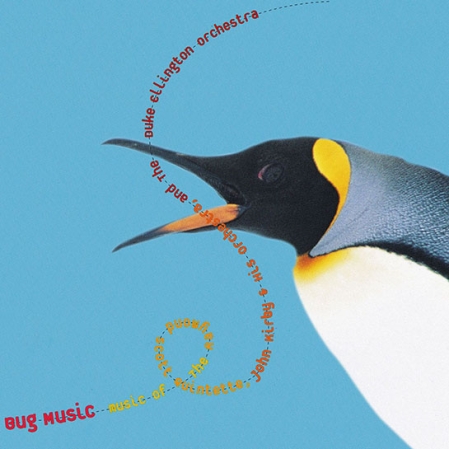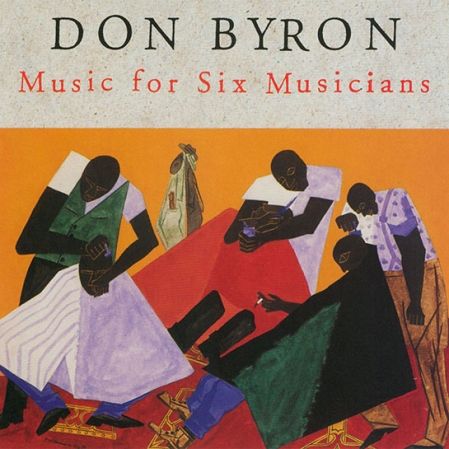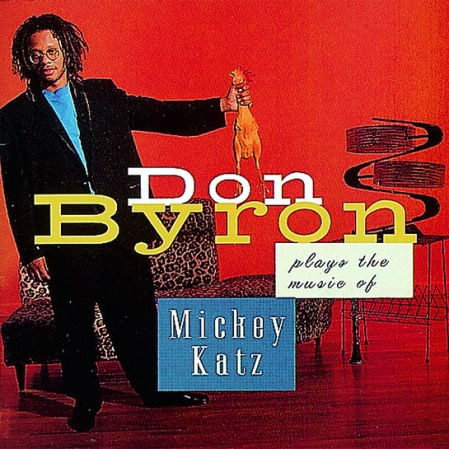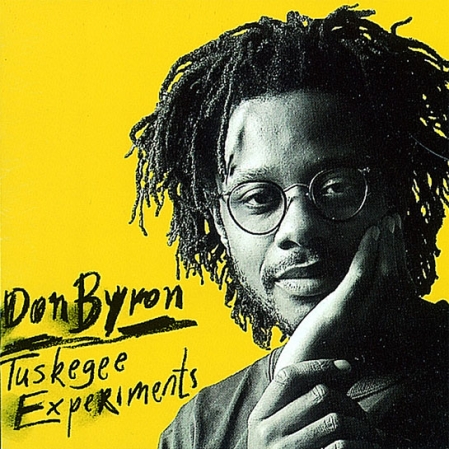Byron described Music for Six Musicians as an attempt to maintain a compositional voice in an Afro-Caribbean setting. "What I tried to do with each piece was to address compositional problems suggested by the masters of specific rhythms in unusual ways—without destroying the structure of the rhythms," he writes. Of the musicians he gathered for the project, Byron writes: "Not only has everyone worked in an Afro-Caribbean context, but they also have an unusual openness to both 'inside' and 'outside' playing that one rarely finds in the Afro-Caribbean jazz context."
My first album, Tuskegee Experiments, was an act of jazz detente. It was an attempt to bring many different styles of jazz playing together without judgment. It reunited the wild energy, adventurous spirit, and political awareness of 1960s jazz with the music’s harmonic content (the energy of Blakey’s Free for All and Roland Kirk’s Rip Rig and Panic are long gone).
Music for Six Musicians is an attempt to maintain a compositional voice in an Afro-Caribbean setting. My choice of instruments and personnel might suggest an attempt to make an idiomatic Latin record—admittedly, the music marks a return to my own roots. However it was not my intention to engage in idiomatic tune-writing. What I tried to do with each piece was to address compositional problems suggested by the masters of specific rhythms in unusual ways—without destroying the structure of the rhythms. The musics of Ray Barretto, Angel Canoles, Mighty Sparrow, Luis “Perico” Ortiz, and Arsenio Rodriguez were pivotal. Yet I solved many of the problems with ideas borrowed from Ornette, Duke Ellington, Steve Coleman, and Raymond Scott. It is this question-raising and problem-solving that separates composing from tune-writing.
Jazz is many musics rolled into one. The jazz that has had the biggest effect on the Caribbean and Latin American world has been, up until now, the early bebop of Bird and Dizzy, and McCoy Tyner’s piano-playing. Subsequently much of the writing in this idiom has stayed within the 32-bar jazz format and much of the playing has been clean, concrete, technically-oriented “inside” playing. I, on the other hand, have always wondered what would happen if Barretto could have recorded one of his albums with Don Cherry in the band? I’ve also sensed a connection between the long melody lines of calypso singers and Ornette’s music; I’ve always wanted to hear more of the manipulation of clave one hears in Latin dance music, but not in Latin jazz. And I’ve thought that there were other possibilities in an instrumental context beyond imitating traditional vocal styles and bebop forms.
The subject matter of this album is, as usual, political. In this way, Six Musicians is a continuation of the work I started with Tuskegee. It’s my choice of players that makes this a very different sounding recording than my first. Not only has everyone worked in an Afro-Caribbean context, but they also have an unusual openness to both “inside” and “outside” playing that one rarely finds in the Afro-Caribbean jazz context. It is this openness, as much as anything I’ve written, that gives the music its particular sound.
—Don Byron
79354
